BRILLION, Wis. — The ring-necked pheasant is prized among many Wisconsin hunters. Recently, Brad Vinje and his trusted vizsla Cooper took to the field near Brillion in search of the birds.
“You can tell by his tail wagging, he likes the smell of something,” said Vinje.
Vinje has been hunting pheasants since he was 12 years old. He belongs to Pheasants Forever, which works to increase the population of the birds. “There are some wild pheasants in Wisconsin that do survive,” said Vinje. “The biggest limitation is quality habitat.”
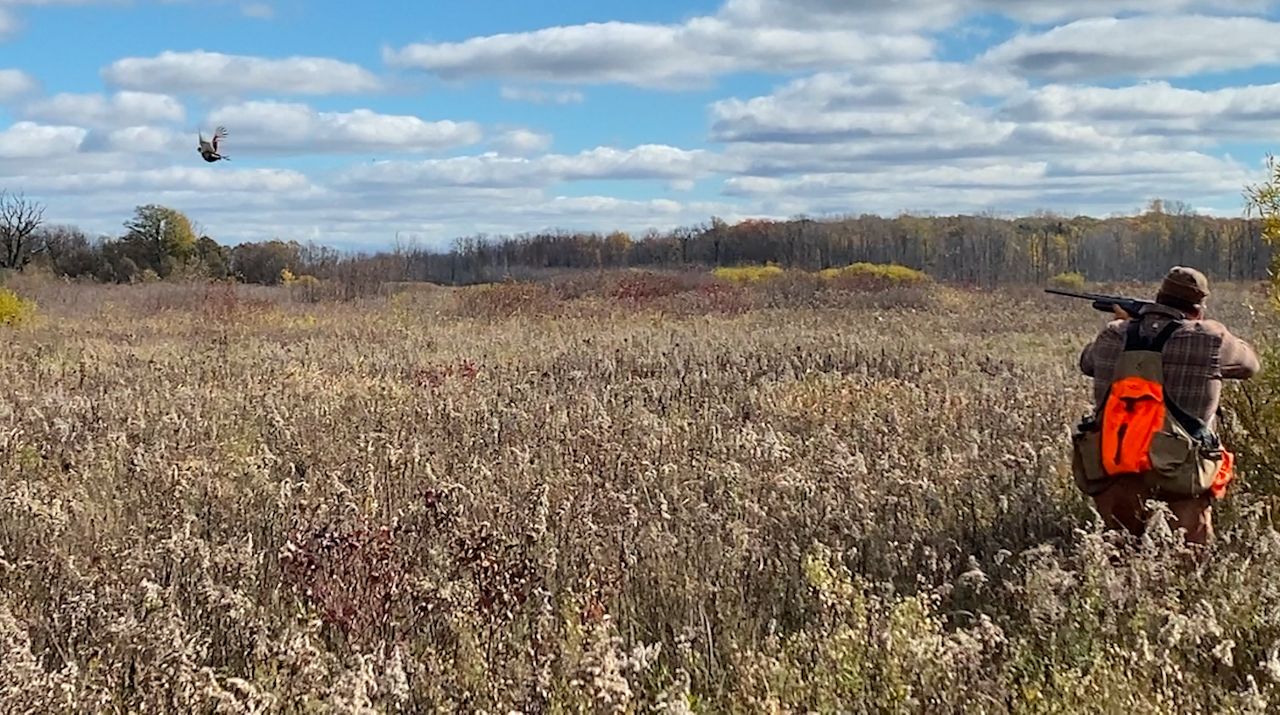
The non-native birds were introduced in the 1800s. Pheasants have flourished in some parts of the country but struggled to gain a foothold in Wisconsin. In most parts of the state, they can’t maintain their own population.
While trying to introduce the birds, a state game farm was established, which is now located in Poynette. The DNR breeds the birds each spring to stock wildlife areas.
“It means everything as far as being able to pheasant hunt in Wisconsin,” said Vinje. “If the DNR did not release birds, we would not have a quality hunt.”
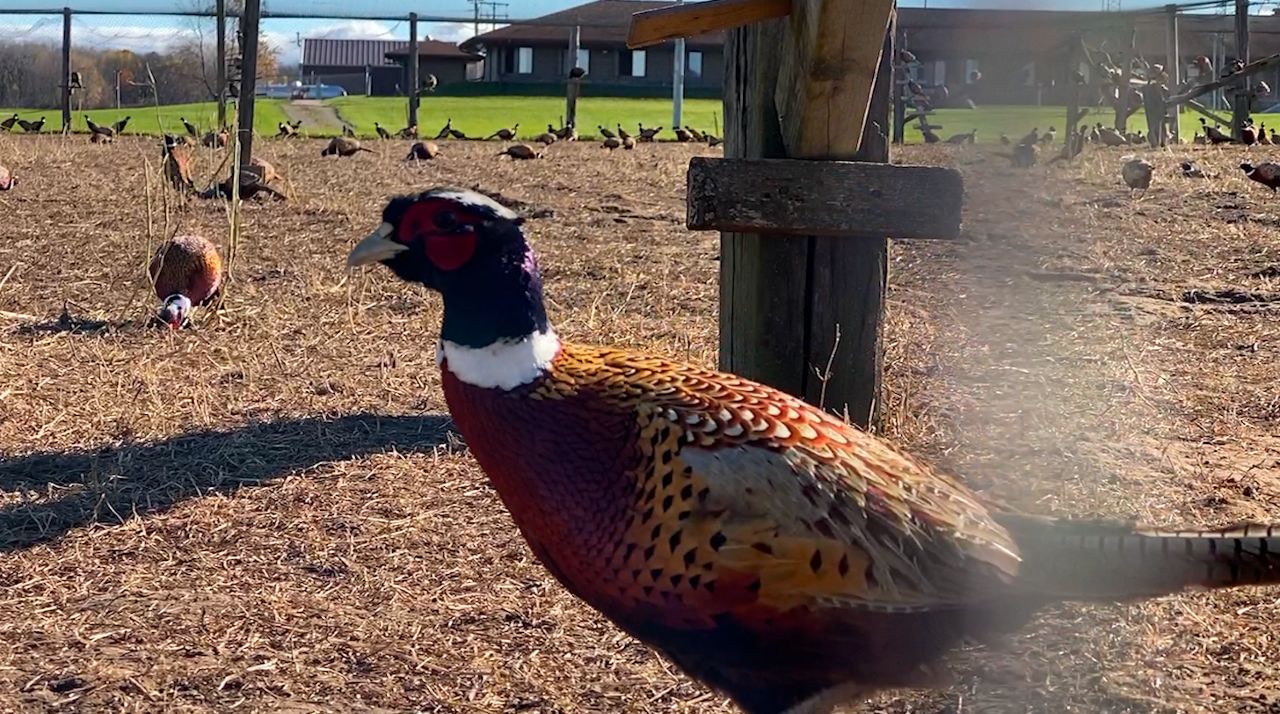
The Sanger B. Correctional Center in Outagamie County, a minimum-security facility, also acts as a holding pen for pheasants slated for release in the region. Birds are dropped off before the season begins. Inmates tend to the pheasants and crate them up for the DNR on selected pickup days.
“It’s great for us because it’s a lot closer than driving to the Poynette Game Farm,” said Steve Easterly, DNR Wildlife Biologist. “We would have to run down there. It’s an extra hour and a half drive one way.”
Recently, Easterly and DNR Wildlife Technician Allison Parker picked up a load of birds slated for the 4,800 acres Brillion Wildlife Area.
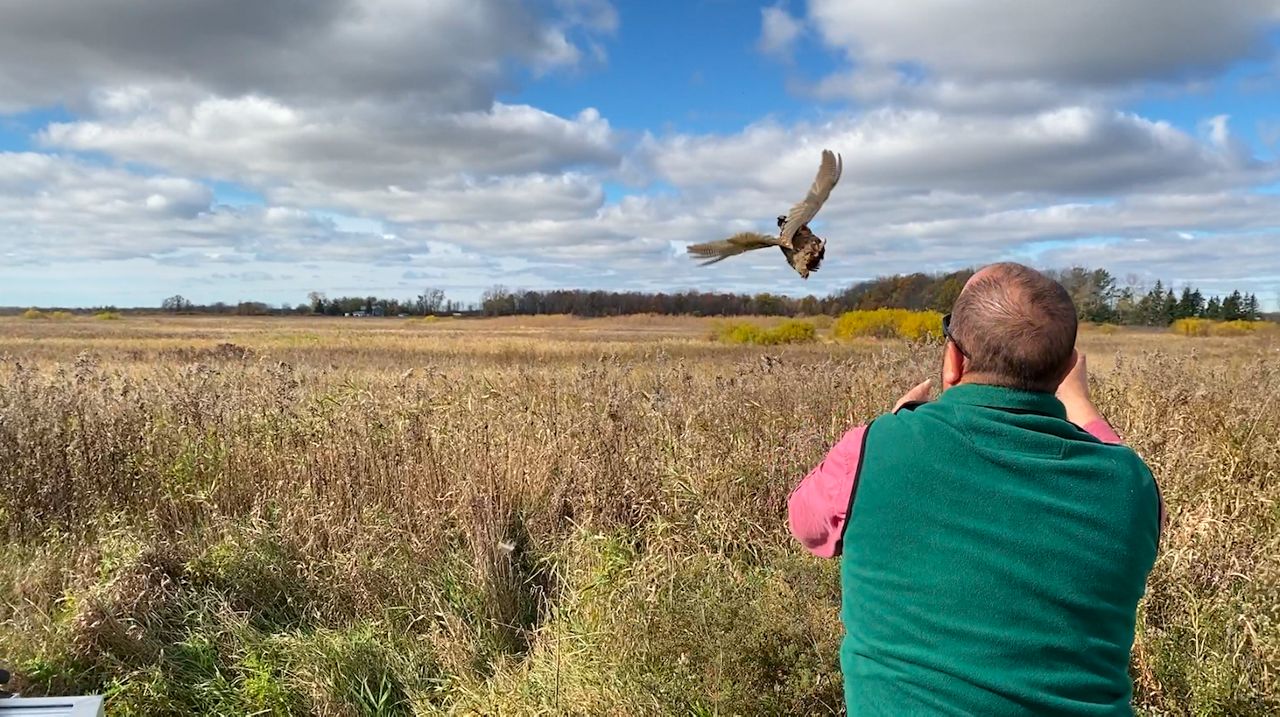
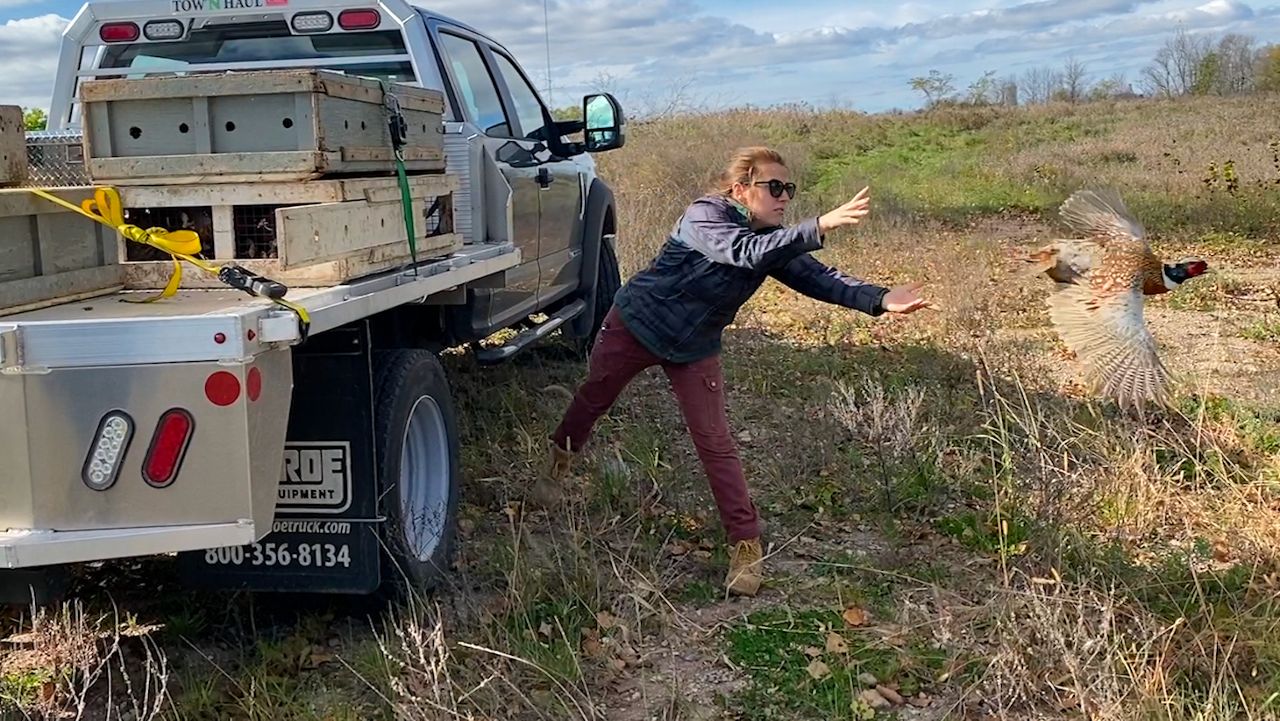
When the DNR truck loaded with 80 pheasants rolls through, hunters take notice.
“We get a nice little caravan of the public,” said Parker. “They like to go and see the birds flying. It gives them a good sense of whether they should or shouldn’t hunt that location. Sometimes it’s just cool to see the birds fly.”
The DNR will release 75,000 pheasants throughout the season which wraps up on Jan. 9. The extra birds keep hunters in Wisconsin fields.
While Vinje hunts in other states with more self-sustaining populations, he enjoys the opportunities in his backyard.
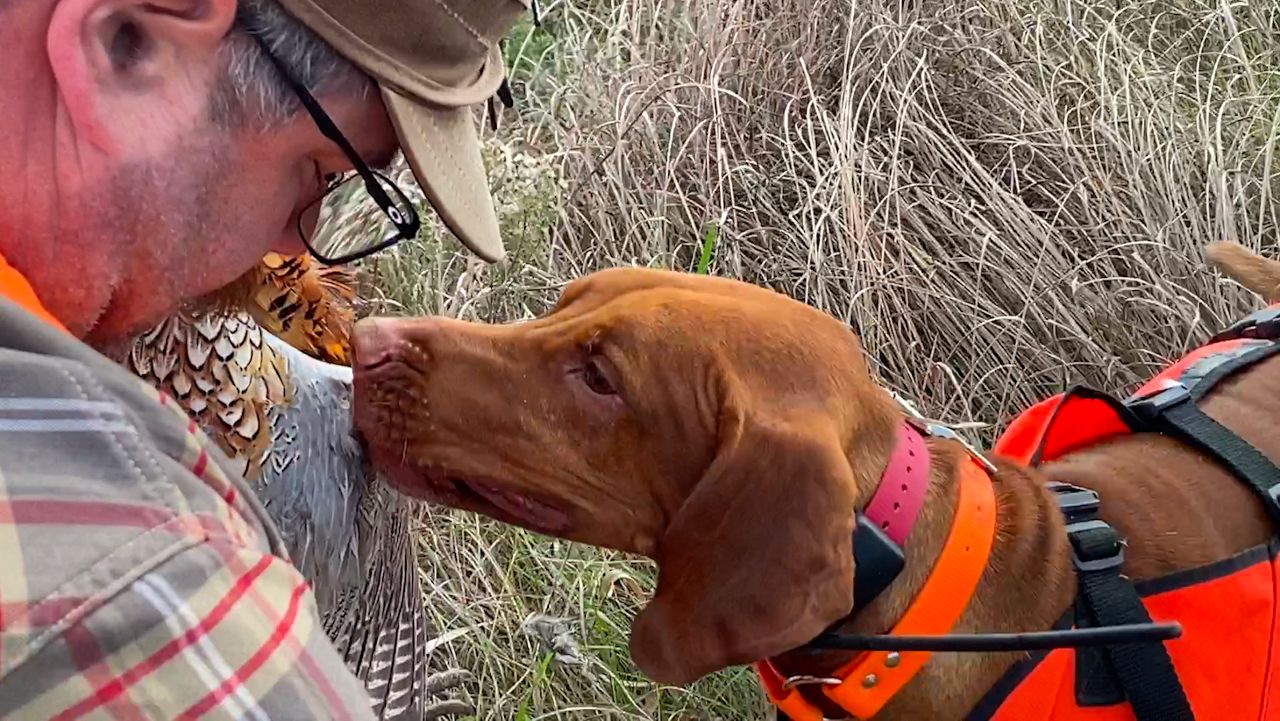
“DNR stocking birds is important and it does lead to a quality pheasant hunt,” said Vinje. “By far the most important thing we need to work on is habitat and getting things back to the point where we have wild birds that are regenerating in the wild where we don’t have to depend on stocking as much.”
That’s something Vinje and his hunting buddy Copper would like to see.



